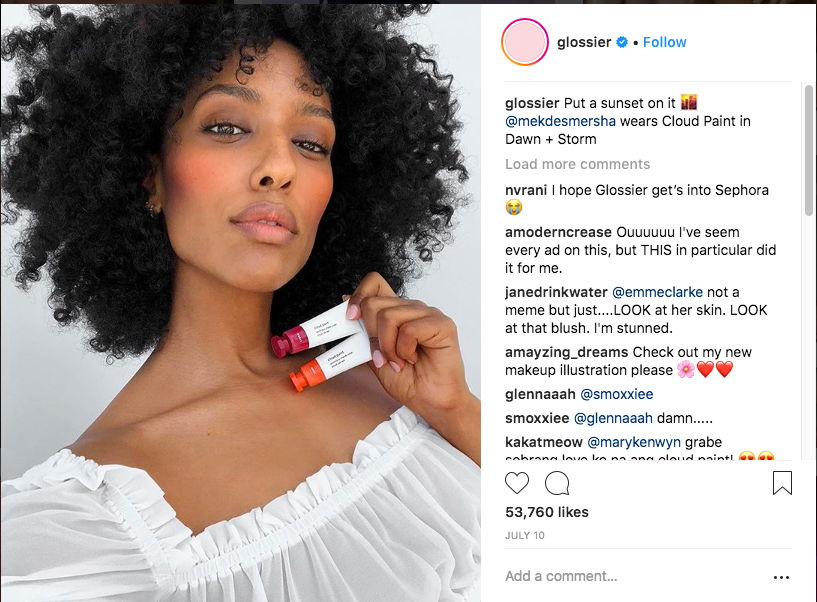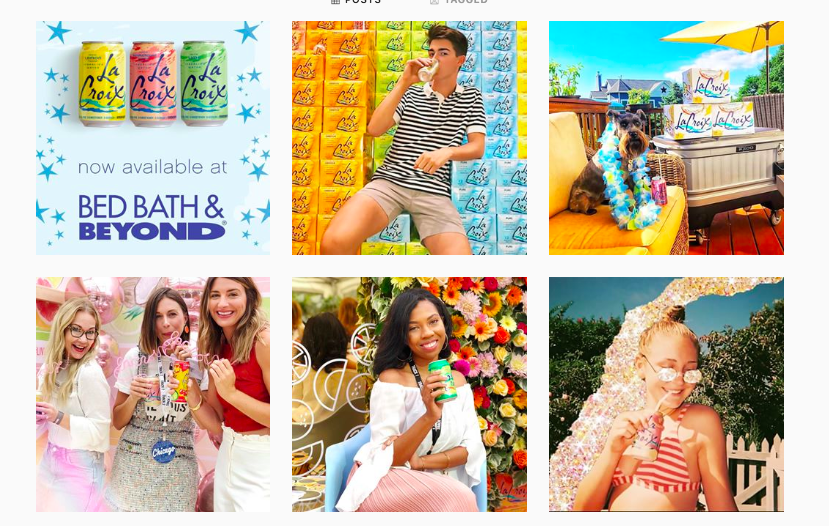Influencer marketing is growing and more marketers are willing to increase their budgets to find the right influencers. Micro-influencers can help them reach a niche audience without spending a fortune. Here’s why they make a rising trend.
Influencer marketing is growing and more marketers are willing to increase their budgets to find the right influencers. Micro-influencers can help them reach a niche audience without spending a fortune. Here’s why they make a rising trend.
Influencer marketing has seen an explosive growth over the past years. People are eager to trust celebrities and people of high influence before purchasing a new product. Brands have realized that the right endorsement of their products can increase sales, so they invest a bigger budget in finding the best influencers for their campaigns.
However, as influencers become more popular, smaller brands feel the need to be more creative with finding the right ambassadors for their campaigns. Our increasing use of social media has created a new type of micro-influencers, or else everyday people who are capable of influencing their peers.
According to a study from Experticity, 82% of consumers have higher chances of listening to recommendations from micro-influencers.
Micro-influencers are everyday people who have gained a growing number of followers on their social accounts simply by following their interests and posting at a regular frequency. They tend to have 5000 to 50,000 followers, which seems like a small audience compared to the millions of followers a celebrity may have.
However, they may also have higher engagement rates due to their niche focus. Their followers know what to expect from them and value their authenticity and everyday presence.
People start being more cautious with celebrities endorsing products as they are now always able to develop trust. They tend to see these partnerships as strictly commercial ones that won’t necessarily listen to their own needs of a similar product. After all, a celebrity may be working with multiple brands at the same time, which makes it hard to gain credibility for a specific product.
According to L2’s report, there is actually an inverse correlation between the number of followers and the engagement rate in Instagram influencers. A large follower size does not guarantee successful engagement anymore.
Thus, brands started noticing micro-influencers when they realised that they can make a new type of ambassadors that can bring them closer to their consumers.
There are many reasons for brands to consider working with micro-influencers in their next campaigns:
There is a big difference in the budget between macro-influencers and micro-influencers. It is estimated that 84% of micro-influencers charge less than $250 for each branded Instagram post. It’s not just a cost-effective solution; it can also be a more successful option for smaller brands. The number of followers does not necessarily guarantee improved success. In fact, larger brands have started working with micro-influencers seeing that they can help them reach their target audience. The ROI encourages more brands to experiment with rising micro-influencers and the results seem to justify their risk.
Micro-influencers can help a brand find increased engagement. It is estimated that 60% of higher engagement rates in brand campaigns are driven by micro-influencers. These campaigns can actually be 6.7x more efficient for every engagement compared to similar campaigns with more popular influencers.
Micro-influencers can help brands come close to their consumers. They can find the link between their message and their audience in a way that makes it easier to drive conversions. Brands don’t need to handle their promotion on their own anymore. They just need to be careful to pick the right influencers to promote their products. If they manage to find the most appropriate choice for their needs they can speed up the process of building trust with their consumers.
One of the most important reasons that more brands start working with micro-influencers has to do with their authenticity. People are more likely to relate to their feeds and their everyday content. Although celebrities can still be successful ambassadors, they are not relatable to the target audience. Thus, authenticity may be questioned especially if they see every new partnership as an opportunity to gain additional income. Consumers start appreciating micro-influencers seeing that they can be one of them. Brands also benefit from this trend by boosting their own level of authenticity. Their messaging has more chances to be trusted by their target audience, improving brand affinity and making it easier to reach conversions.
There are numerous brands that embraced the trend of working with micro-influencers. Smaller brands got popular by working with the right people while larger brands start realizing that they don’t need to work with celebrities and larger influencers in all their campaigns.
Google wanted to promote their new Pixelbook last year so they’ve decided to go beyond the usual marketing campaign. They’ve teamed up with The Sorry Girls, an influential duo interested in DIY crafts. The post seemed way more authentic than a typical promotional campaign and the engagement led to very satisfactory numbers.
ASOS has excelled in mastering influencer marketing over the past few years. They’ve come up with the idea of teaming up with fashion enthusiasts, the so-called Insiders, to promote their products in the most authentic way. They’ve even provided new social handles to their Insiders to ensure that they interact with their audience.
 Glossier has worked with numerous micro-influencers to promote their products. It’s one of the reasons they’ve seen an increase in sales and engagement. The rise of beauty enthusiasts makes it easier to target everyday people. And that makes it easier to promote products and increase chances of creating an authentic campaign.
Glossier has worked with numerous micro-influencers to promote their products. It’s one of the reasons they’ve seen an increase in sales and engagement. The rise of beauty enthusiasts makes it easier to target everyday people. And that makes it easier to promote products and increase chances of creating an authentic campaign.
 LaCroix wanted to stand out in the sparkling water industry so they’ve decided to focus on their community to promote their product. They’ve relied on their supporters to turn them into their ambassadors while working with micro-influencers to improve brand awareness and engagement. The brand managed to build a strong community that favored their social presence and contributed to an increase in sales.
LaCroix wanted to stand out in the sparkling water industry so they’ve decided to focus on their community to promote their product. They’ve relied on their supporters to turn them into their ambassadors while working with micro-influencers to improve brand awareness and engagement. The brand managed to build a strong community that favored their social presence and contributed to an increase in sales.
Ref: clickz.com